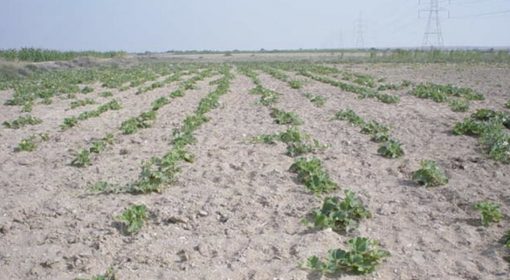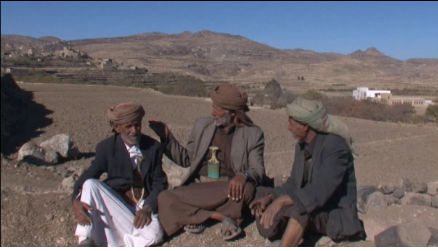Posted by Matthijs Kool and Frank van Steenbergen
October 24, 2013

To locate a well, water diviners have been used since time immemorial. They may have different shapes: a forked branch, a pair of metal rods or, as found in parts of Asia, an empty coconut shell filled with water.
While walking around with these devices, an unexplainable pull makes them move and point to a source of groundwater. Superstition or traditional knowledge? Fact is that Queen Elisabeth I of England in the sixteenth century recruited skilled German water diviners to locate wells and mines. Also in the dry area of Balochistan (Pakistan) a good water diviner may be paid up to USD 5000 to site a well (of course, if drilling fails a much larger amount of money is foregone). Good well diviners can tell the depth of the water table very accurately, and estimate the groundwater flow. In Germany (of course) high precision divining equipment is made.
Intriguingly, water divining never took off in Africa. The practice is by and large unknown there. Perhaps one reason is that there is an alternative – finding water with trees. In the dry season, rural people in Meatu in rural Tanzania find water in the dry river bed by digging a hand dug well under the shadow of the Mukuyu tree (Ficus Malatocapra). The tree grows along the dry river bed and reaches its roots into the water-table in order to survive drought. People estimate how deep they have to dig by determining the depth of the tree’s tap root (see picutres).
There is some science to this local practice too. According to Nissen-Petersen (2006): “A rule of thumb states that the tap root of a tree has a depth equal to about 3/4 of the height of the tree. The height of a tree can be found by measuring the length of the shadow the tree is casting on the ground and comparing it with the length of the shadow of a stick 100 centimeters long. The two measurements should be taken in the sunshine of early morning or late afternoon when the shadows are longest.” For example: If the stick’s shadow is 80 cm long, the ratio is 100/80 = 5/4. If the tree’s shadow is 12m long, then the tree is: 12 m x 5/4= 15m high and the tap root and water level is at: 15m x 3/4 = 11.25 m depth.

It is not only the Mukuyu tree that is used for finding groundwater. Following is a list of water indicating vegetation and trees in East Africa:

The question is why use trees and not water diviners for well siting in Africa. The reason is probably that Africa does not have such a history of deep well development as Asia. Most wells in Africa are relatively shallow and can be found with trees. The use of groundwater, especially shallow groundwater, is catching up fast in Africa. In fact, this has formed the basis of how some thriving local economies have come into being – such as the Fadama in Nigeria or Tigray in Ethiopia. More is expected to follow.
Sometimes there are false and distorted messages, such as the recent euphoria on the big groundwater bubble in Turkana Region in Kenya which turned out to be premature. Such small distortions notwithstanding, the potential of shallow groundwater in Africa to contribute to global food security is undeniable.
{jcomments on}

